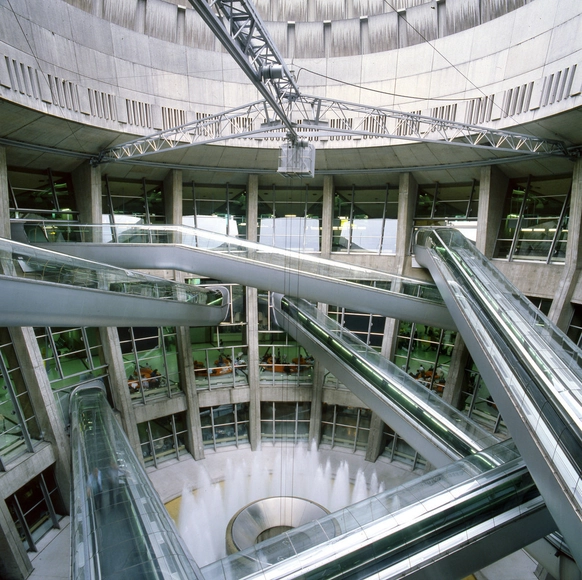
The following text was drafted in response to the initial prompt in The Architect's Newspaper’s “Post-Pandemic Potentials” series.
Barely a few weeks ago, while self-isolating in London during the grimmest, darkest day of the pandemic, I was among the many who saw the ongoing catastrophe as the final collapse of the mechanical age—or more precisely, of that period in the history of the industrial revolution that is now often called the Anthropocene, characterized by standardized mass-production, global mechanical transportation, and the unlimited burning of fossil fuels. We all thought that the demise of the Anthropocene would be brought about, incrementally, by global warming—which might, perhaps, have given us the time to mitigate or counteract the consequences of climate change and the exhaustion of natural resources. Instead, the end of the machine-made environment came all of sudden, the space of a fortnight, not by way of climate change and global warming but by way of viral change and global infection. When COVID-19 came, and a number of nation-wide lockdowns went into effect (around mid-March in Europe), the entire infrastructure of the industrial world as we knew it suddenly shut down: Planes stopped flying, factories stopped producing, schools, stores, and offices were evacuated and left empty. Yet life carried on, somehow, for those who were not infected, because farming, local artisan production, food distribution, utilities, telecommunications, and, crucially, the internet kept functioning.







